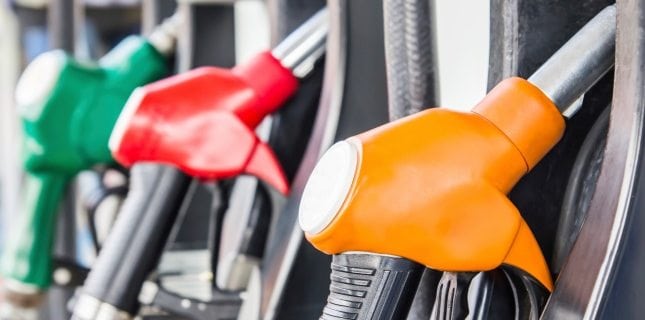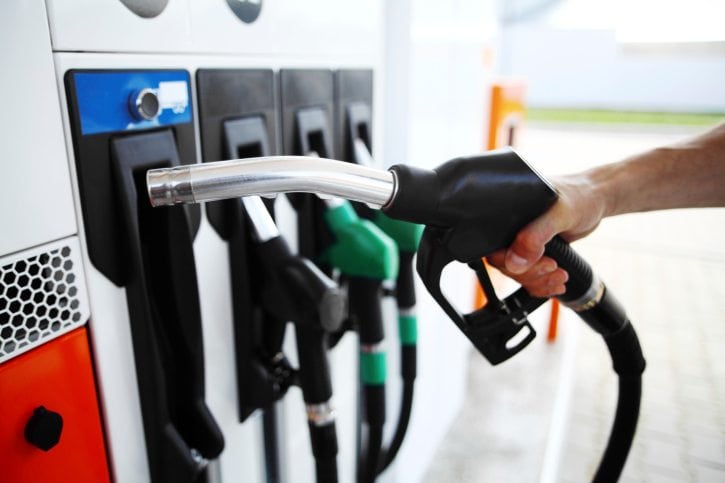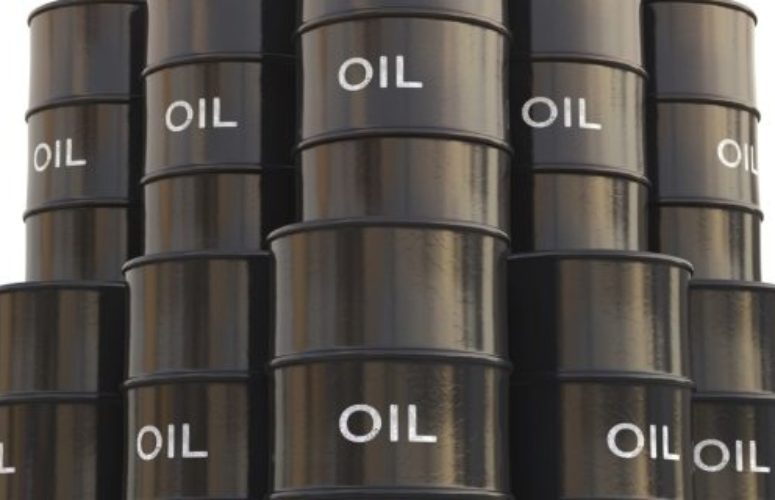
GasBuddy: 2014 Gasoline Year in Review
On Dec 31, 2014Hard to believe, but the national average price of gas was more than $1 per gallon higher at the start of 2014 ($3.29) than it was on the last day of the year. On Jan. 1, 2014, WTI crude oil was trading at $98 per barrel and gas below $3 was found in just a handful of states.
When GasBuddy issued our 2014 Fuel Price Outlook we said the year “will find more consistent downward pressure on U.S. gas prices than any year since the Great Recession (2008).” Of course, nobody anticipated that crude oil prices would plunge so far for so long and that 2014 gas prices would fall to 2009 levels.
Spring-to-Summer Ascent
Like clockwork the first quarter brought rising fuel prices associated with the annual transition from ‘winter blend’ gas to the lower Reid Vapor Pressure (cleaner-burning) gasoline mandated by the EPA. By the end of March the national average stood at $3.53 per gal., and the price at the pump continued to move higher as gasoline supply declined and ethanol prices weighed on gasoline prices. Ethanol prices through March stood well higher than wholesale gasoline prices, making the required blending of ethanol even more expensive.
By late April prices in Hawaii reached $4.34/gal.; California was at $4.21/gal.; Illinois averaged
$3.90/gal., Connecticut was at $3.85 and New York was just a penny behind at $3.84/gal. Motorists in the Great Lakes had their share of headaches too due to a refinery glitch at BP’s Whiting, IN refinery, and a glitch at ExxonMobil’s Joliet refinery.
At the same time, refinery problems struck four facilities in the San Francisco bay area (Chevron, Valero, Tesoro and Shell) and on April 29 we saw California’s price peak at $4.26 and the U.S. average peaked at $3.70 per gal.
In May the National Weather Service accurately predicted a ‘quiet’ Atlantic Hurricane Season and, fortunately, they were right on the money. The quiet season followed the quietest season in 50 years recorded in 2013.
Marathon’s Speedway acquires Hess
The biggest retail story of the year also came in May with the Marathon Petroleum / Speedway acquisition of all of Hess’s retail locations. The acquisition expanded Speedway’s footprint from nine Midwestern states to a whopping 23 states into the east and southeast, leaving it with 2,733 company-owned stories, putting Speedway near the top of the largest gas station chains in the country.
ISIS threat quelled
In June all eyes focused on the powder keg in the Middle East. The ISIS army (the Islamic State of Iraq & Syria) swept into Mosul, and damaged Iraqi oil infrastructure. Subsequently the U.S. military response included more than 1,300 air strikes on ISIS forces and the intervention threatened to light a fire under global crude oil prices. But that didn’t happen.
The attack on Mosul was indeed the catalyst that pushed WTI over $100 in June but WTI did not spike to $120 or $130 as many industry observers had projected. It barely got to $106. And from that point, crude oil prices fell steadily for the last six months of the year.
Why? The answer is clear. The boom in U.S. energy in 2014 brought domestic fuel production to the highest level since 1986. Production from the Bakken region in N. Dakota; from the Permian Basin in west Texas and the Eagle Ford shale region of eastern Texas has contributed significantly lower cost oil to the basket of available crudes. The increased production in the U.S., coupled with substantial production from western Canada and Mexico seemingly nullified the impact any Middle Eastern volatility might have otherwise delivered.
Concurrently, relative weakness in the U.S., China, India and European economies all contributed to a glut of sorts with a global oil supply outpacing demand. By the end of July, the national average had already shed 20 cents a gallon from its peak at $3.70.
On Labor Day weekend Americans, saw the lowest gas prices since 2010 and by Halloween more than half of the gas stations in the U.S. were below $3. We closed October with the national average ($2.999) 33 cents lower than where the month began.
November and December brought more of the same. By Thanksgiving the national average was 44 cents lower than 2013 and by Christmas the national average was 90 cents lower. When OPEC met in Vienna on Thanksgiving Day they surprised many by announcing no cut in production and the price of WTI –$74 the day before— would shed nearly $20 per barrel by year’s end.
But by year end, sizeable savings had accrued. Motorists in all fifty states saved money on every gallon. Gaps in gas prices were widest in California, Nevada, Arizona, Colorado, Alaska, and Hawaii.
Related Articles:





